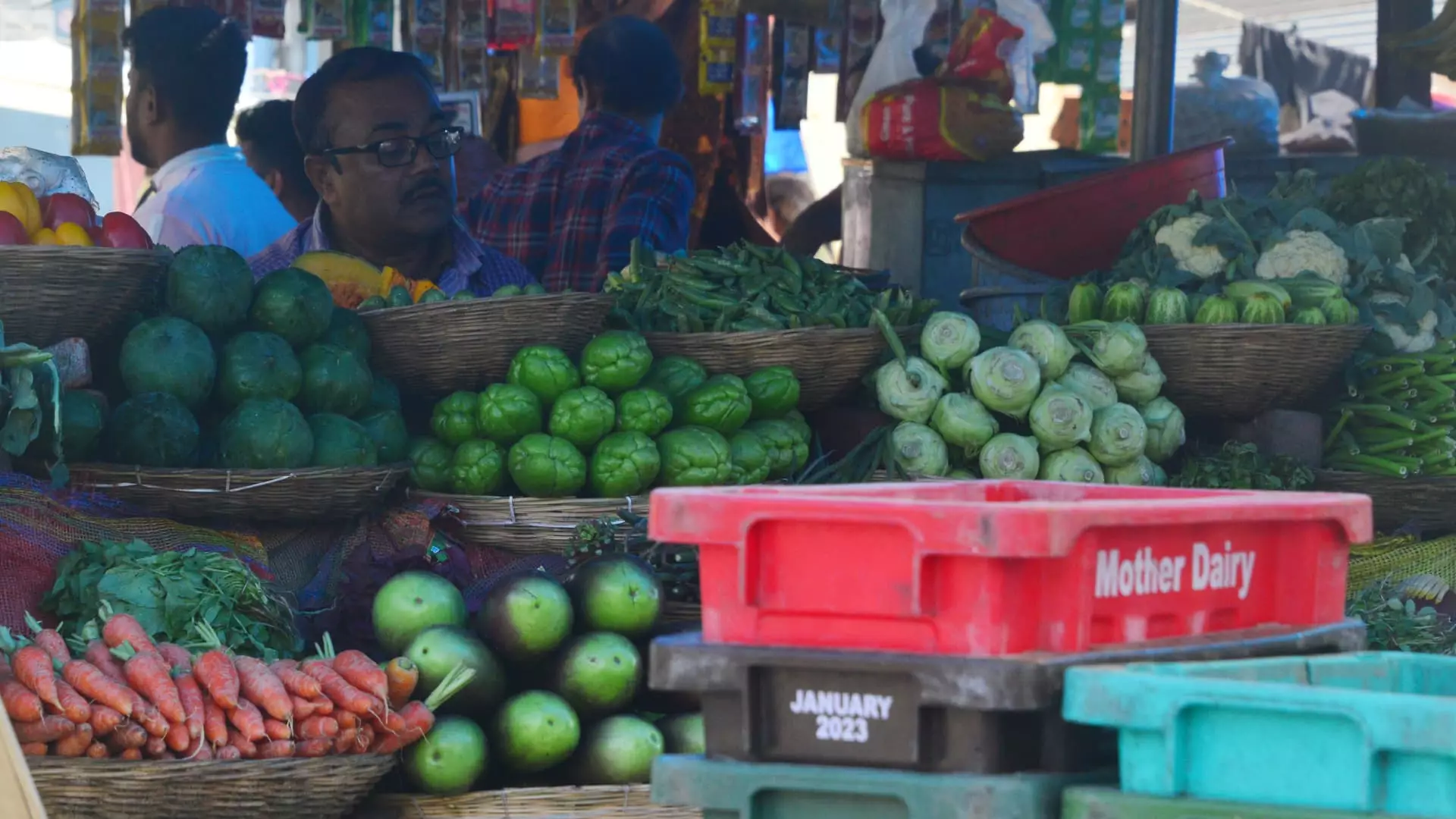India’s economic landscape is currently experiencing a notable shift in its inflationary trends, prompting critical discussions regarding its monetary policy. The recent data reflecting a decrease in inflation rates has spurred optimism among economists and policymakers. With the inflation rate falling to 5.22% in December, just shy of the anticipated 5.30%, there arises a unique opportunity for potential interest rate cuts, marking a shift from the previous year’s peaks.
For the second consecutive month, India’s inflation has showcased a decline, registering the slowest rate of growth since August 2024. This pattern is particularly significant when juxtaposed against the backdrop of an alarming high of 6.21% observed in October, which had managed to breach the Reserve Bank of India’s (RBI) upper tolerance level of 6%. The latest figures from the Ministry of Statistics and Programme Implementation (MoSPI) have provided a basis for an analysis of underlying economic conditions, revealing a comprehensive downturn in various sectors affecting consumer prices.
Food prices, a formidable driver behind inflation metrics, eased notably in December, with annual growth dipping from 9.04% in November to 8.39%. The decline in vegetable prices, for instance, is striking—plummeting to an overall inflation rate of 26.56%, down from 29.33% in the previous month. These movements suggest a potential stabilization in pricing and an eventual return to more manageable inflation rates.
The receding inflation rates naturally raise the question: how will the RBI respond? Sanjay Malhotra, the current RBI Governor, has positioned expectations of inflation at 4.8% for the fiscal year ending in March 2025. The implications of this recalibration cannot be overstated. The combination of eased inflation and sluggish economic growth—only 5.4% expansion in the second quarter—points toward an opportune moment for the RBI to consider rate cuts.
However, there exists a paradox. While the softer inflation scenario invites possibilities of easing, the challenges posed by a weakening rupee complicate the narrative. The currency slid to an alarming low of 86.58 against the dollar, creating a critical scenario for the central bank, which historically views currency stability as paramount for economic health. Experts, including Harry Chambers from Capital Economics, posit that the RBI may initiate an easing cycle in the February meeting, with forecasts hinting at a 25 basis point cut to 6.25%.
Delving deeper into sectoral contributions to inflation, agriculture plays a pivotal role in India’s economic fabric. Malhotra’s comments regarding the likelihood of persistent pressures within the food sector reflect an understanding of both short-term challenges and long-term prospects. With expectations of improved vegetable prices due to seasonal corrections and supports from adequate harvests, the agricultural sector may provide some relief.
Nonetheless, analysts express caution regarding overall GDP trajectories. For example, Bank of America emphasizes the expected recovery in 2025; however, there is uncertainty regarding the robustness of such a recovery. According to their forecasts, while certain sectors such as agricultural production and fuel consumption appear poised for growth, areas like credit expansion and consumer spending appear vulnerable. This dichotomy within sectors indicates a multifaceted recovery process that may necessitate nuanced monetary policy approaches from the RBI.
The current economic climate in India, underscored by fluctuating inflation rates and a subdued growth trajectory, presents a compelling case for reevaluating monetary policies. As India prepares to embrace potential interest rate cuts, the delicate dance between supporting currency stability and promoting economic growth continues to unfold. Monitoring food price trends and agricultural outputs will be essential in guiding the RBI’s actions moving forward.
Ultimately, for India, the journey ahead is laden with intricate possibilities requiring astute policymaking and agile responses to both domestic and global economic variables. The convergence of shifting inflation dynamics and evolving economic indicators heralds a critical juncture for India’s economic strategy, demanding thoughtful engagement from all stakeholders involved.

Leave a Reply